How to grow evergreen clematis – for year-round greenery and extraordinary spring blooms
Evergreen clematis will prove popular with local wildlife, with birds and bees attracted to the fragrant blooms
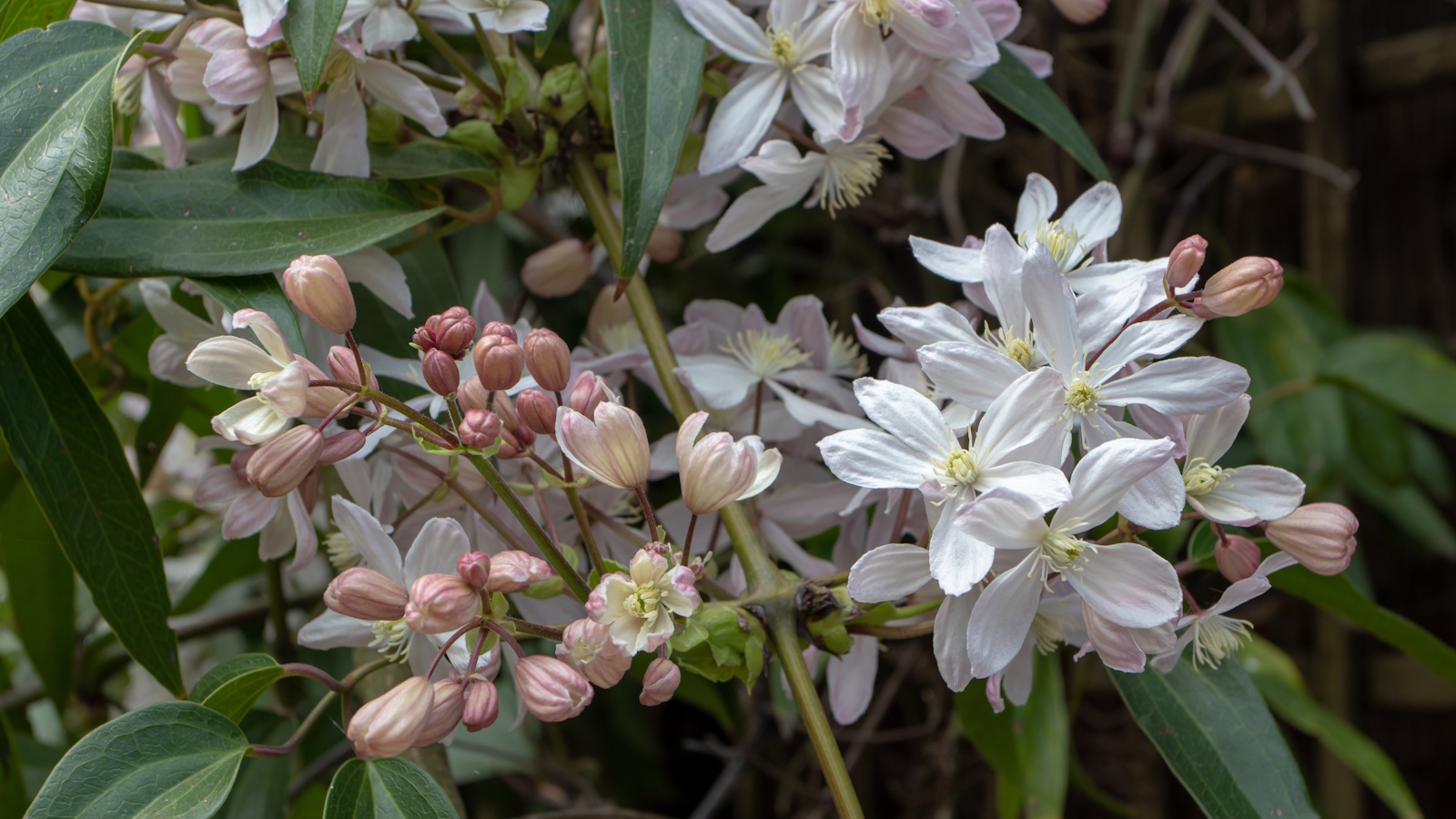

Evergreen clematis, or Clematis armandii, is a striking climbing plant that adds year-round greenery to any plot. What's more, this flowering climber is one of the first to bloom in spring, proving to be a hit with pollinators that are early to rise.
As a former professional gardener, I once cared for a large, sprawling evergreen clematis in a private garden in north London. Requiring little attention, this clematis proved effective in that it was both high-impact and low-maintenance.
So, if you are looking for evergreen climbers to add foliage and flowers to exterior walls and fences, consider learning how to grow evergreen clematis plants this year. Here, one garden expert reveals how best to care for this vining plant so that it will perform well even during the depths of winter.
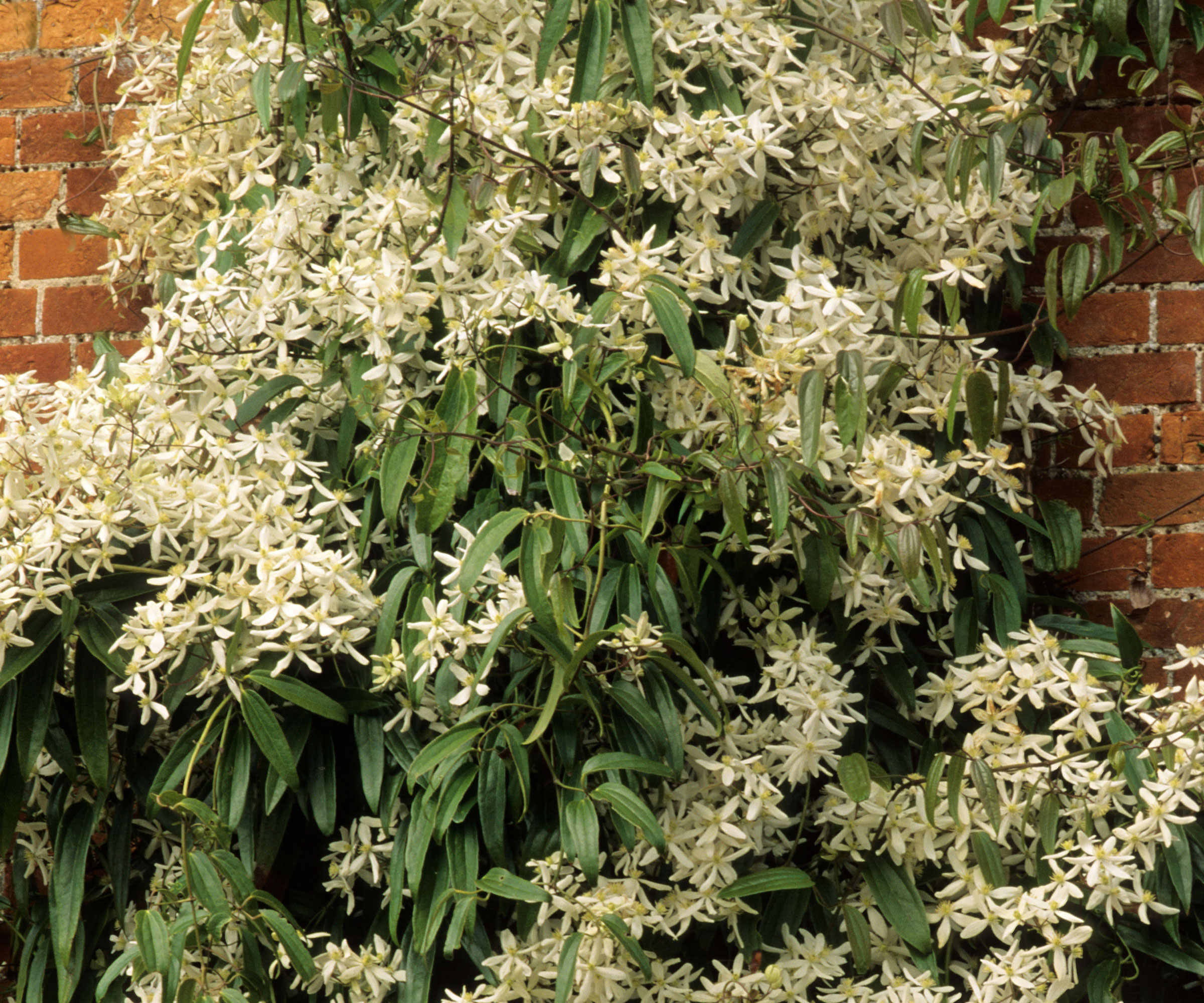
How to grow evergreen clematis
There are many different varieties to consider, but if you are looking for an evergreen option, Clematis armandii is one of the best clematis species to select.
This climbing plant can take a year or two to establish, but once settled will quickly vine and cover exterior surfaces with large glossy leaves that can measure up to six inches in length. In addition, the foliage is complemented by fragrant white blooms in spring.
Growing habits of evergreen clematis plants

Native to central and western China, the evergreen clematis is a fast-growing climbing plant that is prized for its sweetly scented white flowers that emerge in early spring, usually around March and April.
'If you are looking for an evergreen climber, why not learn how to grow Clematis armandii for an impressive vining species,' says Alex Kantor, owner of Perfect Plants Nursery.
'Clematis armandii performs best in sunny spots in the yard and can be grown from US hardiness zone 6 to US hardiness zone 9. In warmer regions, providing some shade during the heat of the day will prevent leaf scorch,' Alex continues.
'If left alone, this vine can reach up to 20 feet in length, although with annual pruning, you can easily keep it in check,' Alex adds.
In smaller yards, including terraces or balcony gardens, consider learning how to grow clematis in pots. You can easily grow Clematis armandii in a container, but be sure to use a large pot to give the vine plenty of room to grow. You should also keep an eye on watering during the summer, as clematis plants tend to do better in moist but free-draining soil.
Clematis armandii plants are available to order online from Amazon.
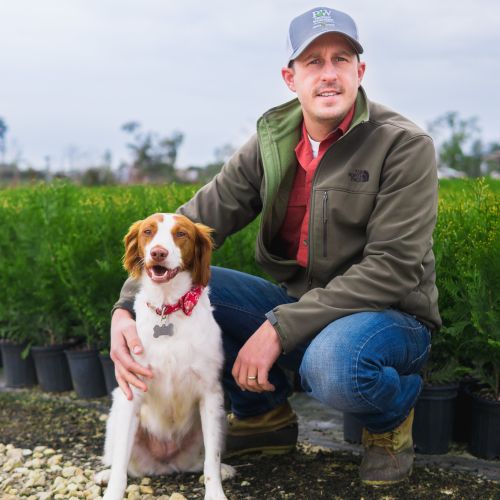
Alex has worked in the horticultural industry for over 20 years and grew up on the farm since his childhood years. Alex is an expert on landscape trees, shrubs, and indoor plants. He is passionate about growing and helping others learn the trade.
Grow guide for evergreen clematis plants

- Soil: This evergreen clematis does best in moist but well-drained soil. Clematis, like other members of the Ranunculaceae plant family, enjoy nutrient-rich soil, so completing a spot of mulching every year will help to nourish your borders. You can use homemade compost or mulch, or apply a thick layer of good quality potting soil, such as this organic soil, available from Walmart.
- Light: 'Plant your evergreen clematis in full sun for the best results, in a south or west-facing position that enjoys at least six hours of bright light each day,' Alex says. As is the case for most clematis species, Clematis armandii prefer to have their 'heads in the sun but their feet in the shade', so keep the roots cool by planting ground cover plants at the base of your vine.
- Watering: Keep the soil moist during the spring and summer, completing deep watering regularly when the temperature rises. Regular mulching will reduce the need to water quite so much, but soaking the base of your clematis once a week in summer will keep it in good health.
- Fertilizing clematis: As hungry plants, clematis enjoy regular feeding during the growing season. From spring, use a general-purpose fertilizer to get the most out of your vine. Feed once a month, stopping at the end of summer.
- Pruning: Like all early-flowering clematis, Clematis armandii falls into pruning group one, meaning that annual pruning isn't necessary, but to maintain its size and keep your plant in a compact shape, you can cut back after flowering, usually in late April or early May.
- Support: Clematis are some of the best plants to cover a wall, and as vining plants, they can quickly ramble and climb upwards and outwards. It is a good idea, however, to direct your plant to grow where you want it to grow. There are many different climbing plant support ideas to try, including trellises or archways, and be sure to use garden twine to tie in stems during the growing season.
- Toxicity: Clematis armandii is not considered toxic to humans, but it can pose a risk to dogs, cats and other pets if ingested. Keep an eye on your animals if your clematis foliage is within reach.
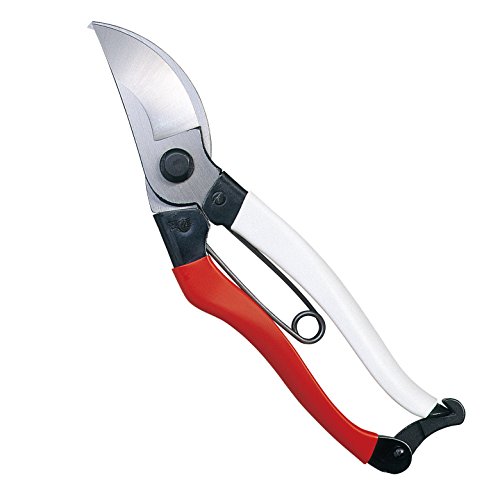
With attractive red and white handles, these Okatsune pruners will easily cut through clematis stems.
FAQs
What is a good native clematis vine to try?
While not evergreen, Clematis virginiana is a popular climber that is found growing across North America. This native vine goes by many names, including 'Old Man's Beard', but is most often sold in plant nurseries as 'Virgin Bower'. While it can be a vigorous grower, this native plant will produce a bounty of white blooms during the growing season.
Clematis virginiana plants are available from Walmart.
If you reside in an area that is prone to pest attacks from local deer and rabbits, this evergreen clematis is a good option as it is avoided by hungry pests. Pollinators, however, including birds, bees and butterflies, will be grateful for the spring blooms and winter cover. For more inspiration on evergreen ideas for animals and insects, see our guide on winter plants for wildlife.
Sign up to the Homes & Gardens newsletter
Design expertise in your inbox – from inspiring decorating ideas and beautiful celebrity homes to practical gardening advice and shopping round-ups.

Thomas is a Content Editor within the Gardens Team at Homes and Gardens. He has worked as a professional gardener for both public spaces and private estates, specializing in productive gardening, growing food and flowers. Trained in Horticulture at the Garden Museum, he has written on gardening and garden history for various publications, including The English Garden, Gardens Illustrated, Hortus, The London Gardener and Bloom. He has co-authored a Lonely Planet travel book, The Tree Atlas, due out in 2024.
-
 I've spent over 200 hours testing vacuums and swear by my two Dysons – this is how I properly clean a Dyson vacuum filter for longer-lasting appliances
I've spent over 200 hours testing vacuums and swear by my two Dysons – this is how I properly clean a Dyson vacuum filter for longer-lasting appliancesYour Dyson vacuum will last much longer and clean at its best
By Dan Fauzi Published
-
 Bethenny Frankel calls this $695 machine the 'Rolls-Royce Cullinan of coffee' – it's a must-have luxury buy for iced-coffee lovers this springtime
Bethenny Frankel calls this $695 machine the 'Rolls-Royce Cullinan of coffee' – it's a must-have luxury buy for iced-coffee lovers this springtimeThe Real Housewife swears by a luxurious machine that makes nitro cold brew, cold brew, and cold espresso at the touch of a button – here's why it's worth it
By Sophie Edwards Published
-
 Best types of delphiniums – 14 stunning varieties for vibrant flower spikes in your yard
Best types of delphiniums – 14 stunning varieties for vibrant flower spikes in your yardPlants Here are our top types of delphiniums for brightening summer borders
By Holly Crossley Published
-
 How to grow impatiens – garden experts reveal the secrets to growing this shade-tolerant, sparkling summer plant
How to grow impatiens – garden experts reveal the secrets to growing this shade-tolerant, sparkling summer plantBoth 'Busy Lizzie' and 'New Guinea' impatiens can thrive in shady yards
By Ellen Wells Published
-
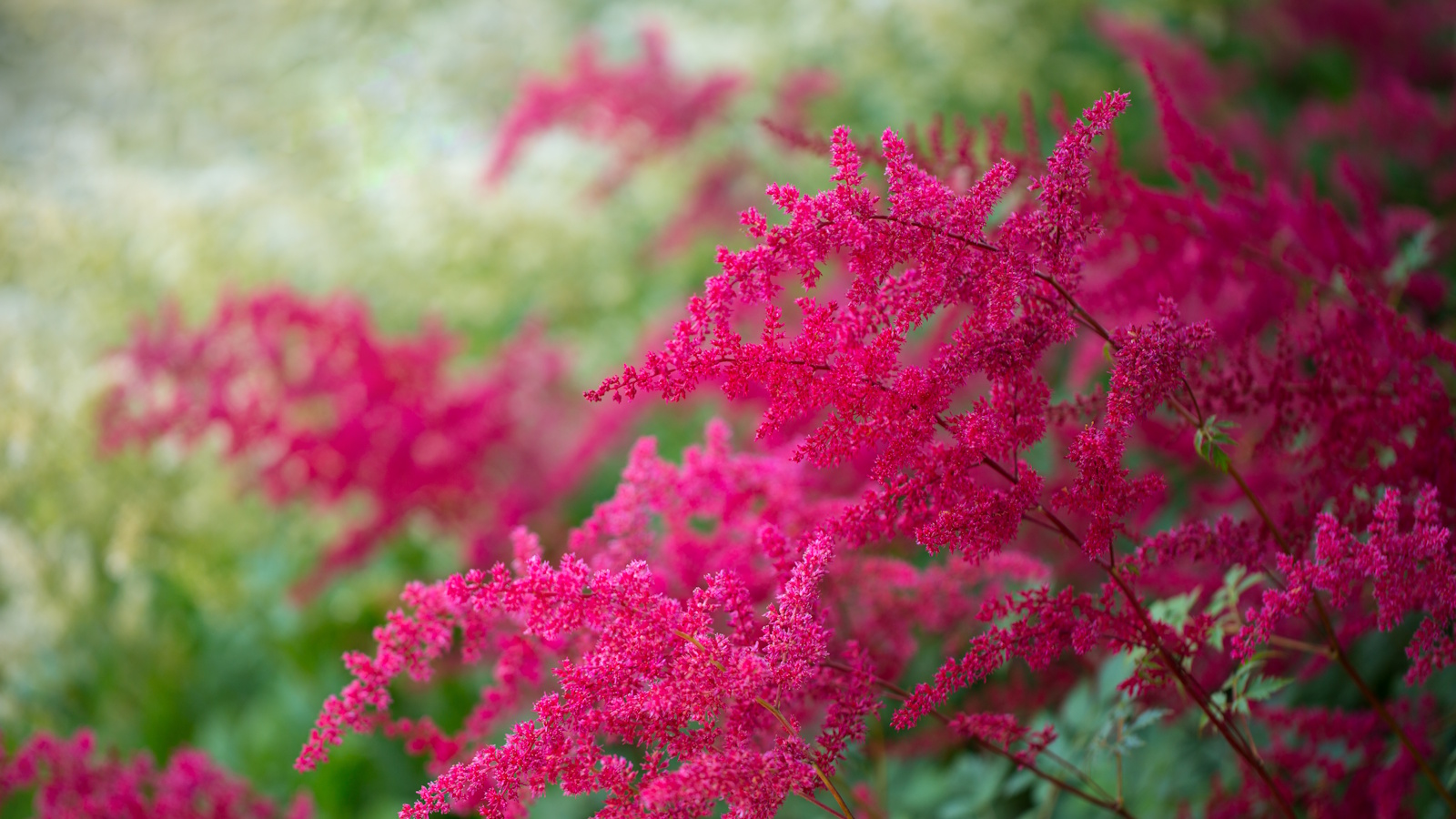 How to grow astilbe – expert advice on cultivating this shade-tolerant flowering perennial
How to grow astilbe – expert advice on cultivating this shade-tolerant flowering perennialShade-tolerant and pest-resistant - astilbe are hardy and tough perennials that can thrive in many settings
By Ellen Wells Published
-
 7 native perennials to plant in April – for glorious flowering displays to attract bees, butterflies, and hummingbirds
7 native perennials to plant in April – for glorious flowering displays to attract bees, butterflies, and hummingbirdsDiscover some of the best perennials to plant in April to make your garden a hotspot for wildlife
By Drew Swainston Published
-
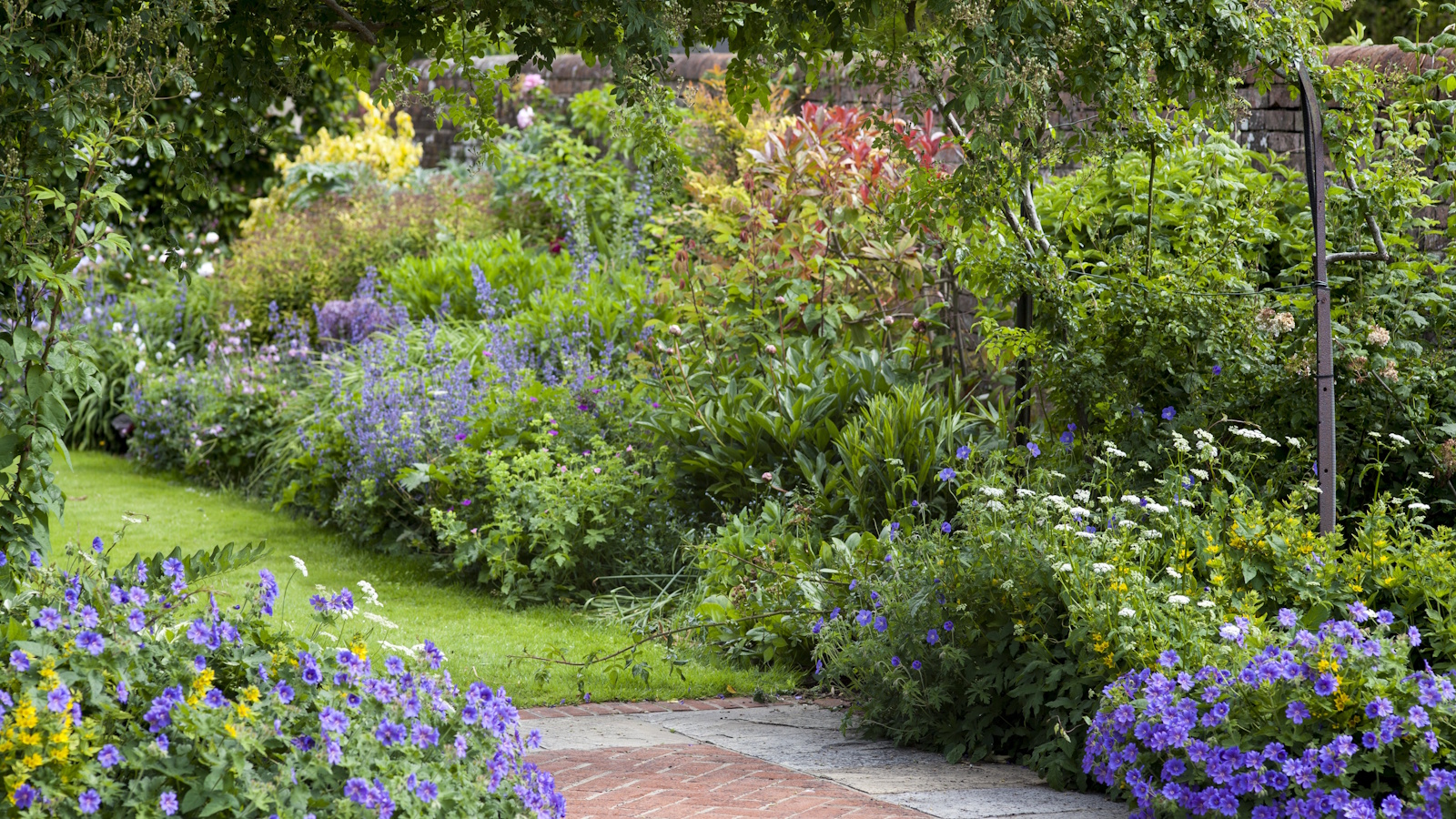 Is the viral salt hack the secret to a weed-free patio? A garden expert warns of irreparable, long-term damage – plus reveals the safest way to get results
Is the viral salt hack the secret to a weed-free patio? A garden expert warns of irreparable, long-term damage – plus reveals the safest way to get resultsYou might have seen gardeners on TikTok or Instagram using salt to kill weeds in pavers, but this hack should be avoided at all costs
By Thomas Rutter Published
-
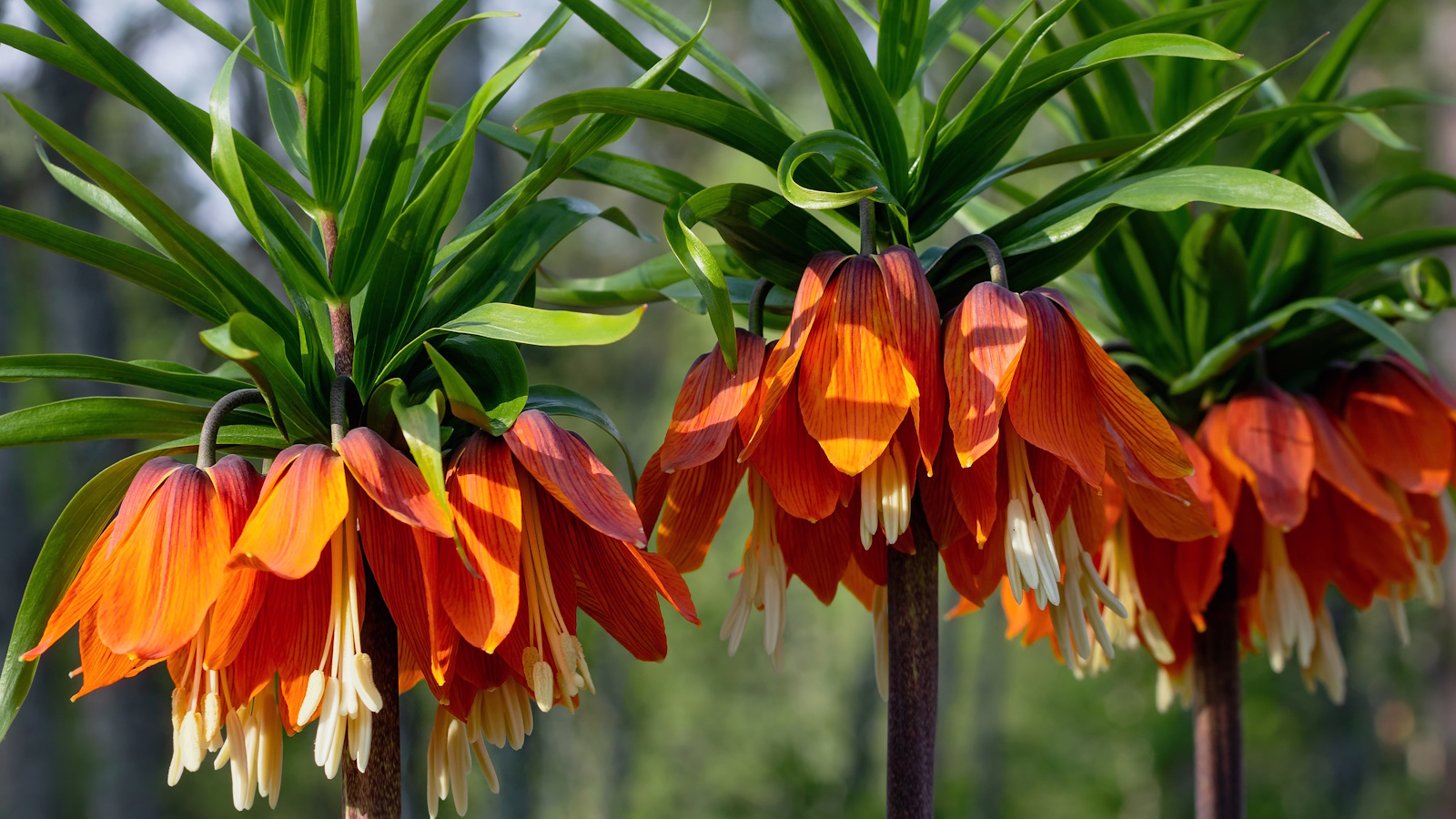 Worst-smelling plants to avoid – experts reveal 5 pungent species and suggest perfumed options to grow instead
Worst-smelling plants to avoid – experts reveal 5 pungent species and suggest perfumed options to grow insteadThese are some of the worst-smelling plants that can cause quite a stink
By Thomas Rutter Published
-
 How to fertilize magnolias – garden experts reveal the secrets to better blooming, and timing is critical
How to fertilize magnolias – garden experts reveal the secrets to better blooming, and timing is criticalMagnolias are famed for their spring flowers, and feeding at the right time can give trees a boost
By Thomas Rutter Published
-
 How to revive old rhododendron plants – pruning advice from a professional gardener to save your struggling shrubs
How to revive old rhododendron plants – pruning advice from a professional gardener to save your struggling shrubsWith the right pruning approach, you can rejuvenate old and woody rhododendrons
By Thomas Rutter Published

![Miracle-Gro Mg86205 General Utility Gloves – [small/medium], Synthetic Leather Padded Palm Gloves, Spandex Back, Adjustable Hook and Loop Wrist](https://cdn.mos.cms.futurecdn.net/nTAeAiC8a2MyyhZSnu3uAT.jpg)